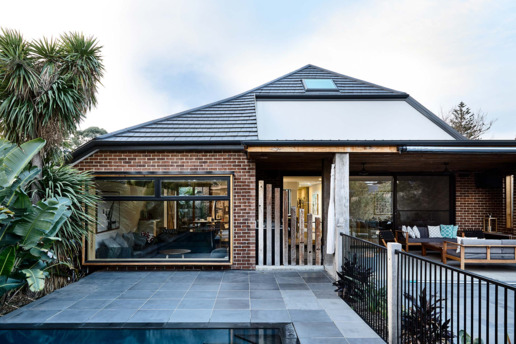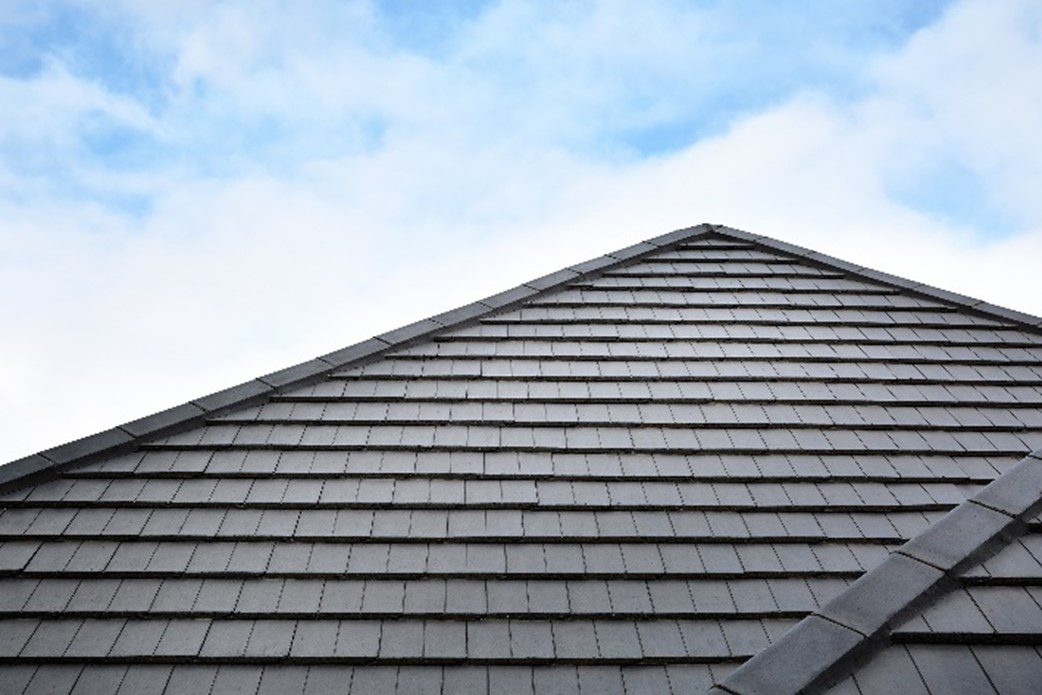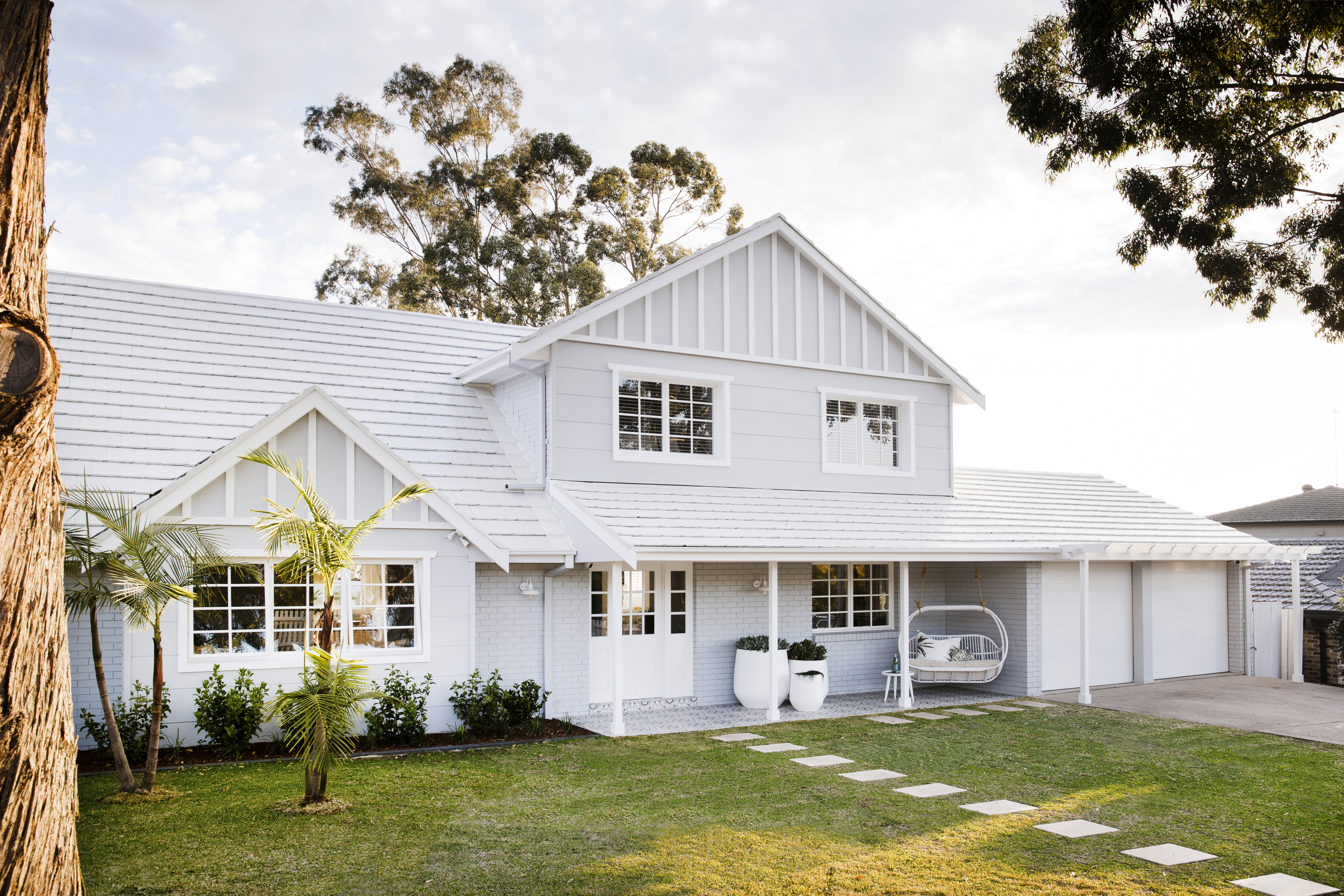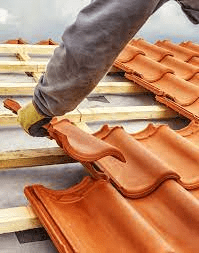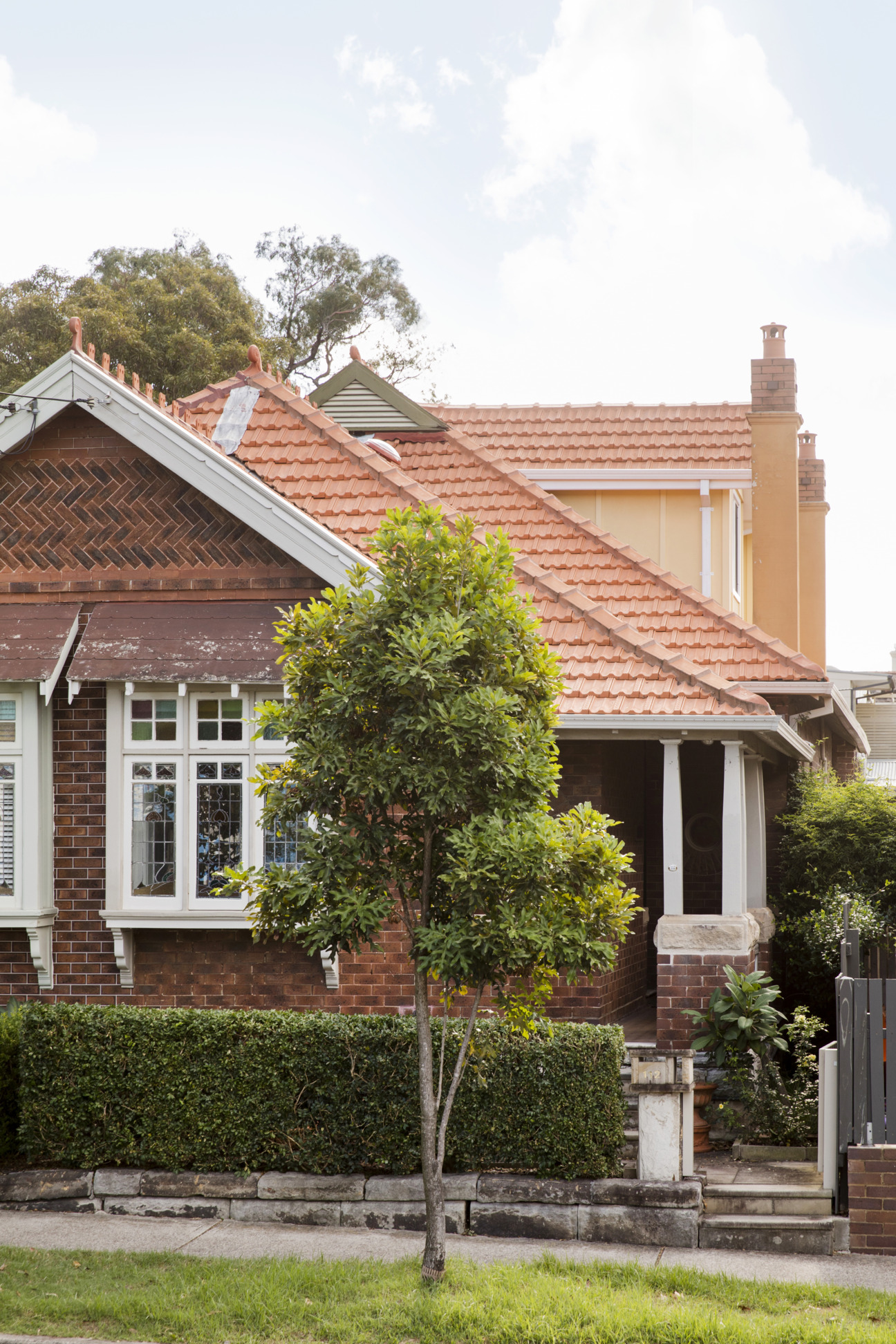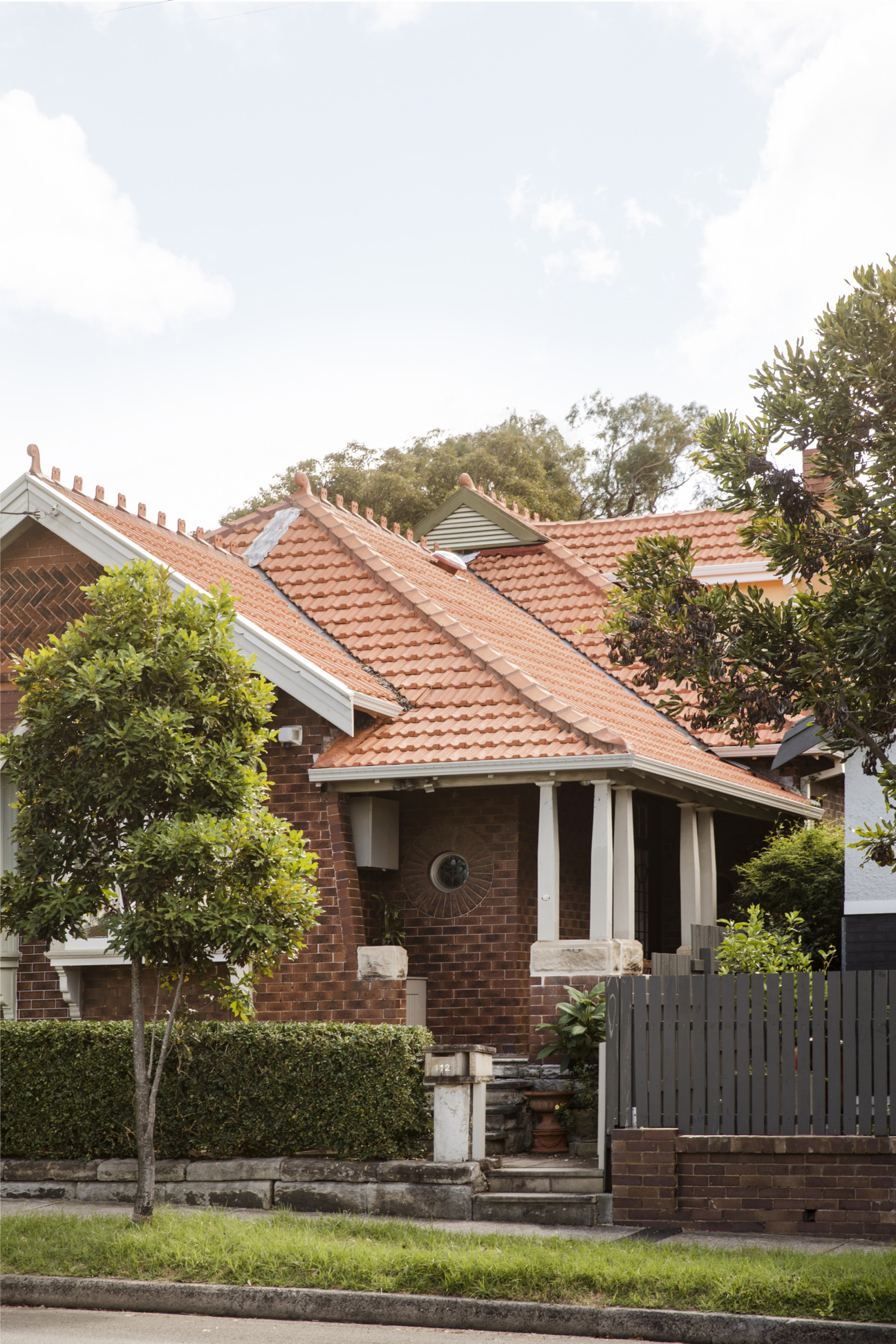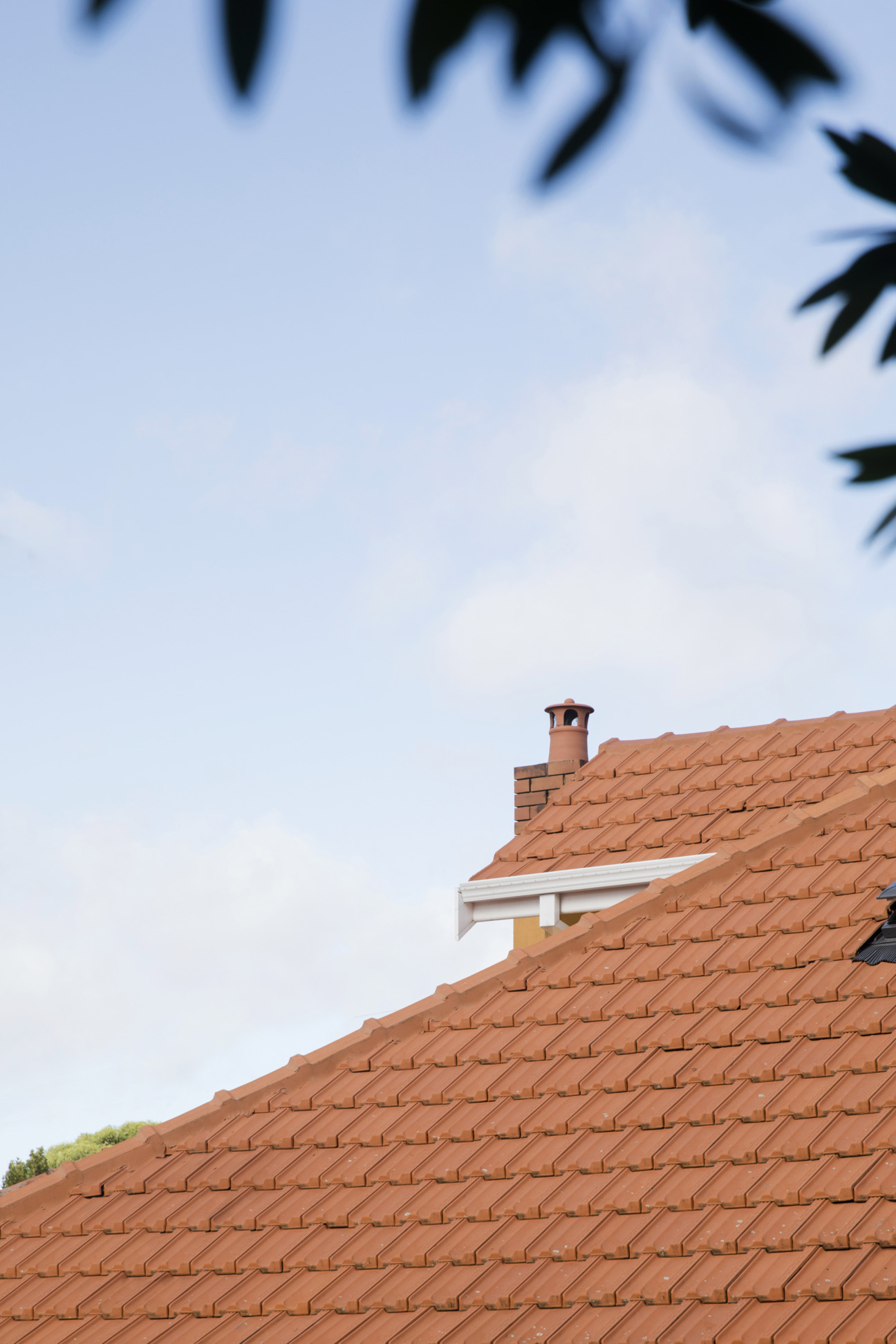Thinking of going up in the world? Be inspired by this family from Sydney’s lower North Shore created the space they needed with a first-floor addition – and a beautiful new roof.
If you love the inner-city lifestyle, it might seem like it’s hard to balance the demands of a tiny home footprint with the needs of a growing family, but Alison and Andy found the perfect solution – a first-floor addition on their semi-detached cottage.
The Federation-era semi is located in NSW’s Crows Nest, close to lots of cafes and within walking distance to great schools. The family was keen to stay in the neighbourhood, which is why they decided to expand the home rather than buying something larger.
Because of local regulations, Alison and Andy had to match the extension to the rest of the home, including the roof tiles and their adjoining neighbours had already added another storey. Alison chose Monier’s Terracotta Nouveau in ‘Earth’– a classic tile and shade that complements the era and colours of the original building. The Terracotta Nouveau tiles have classic appeal, and an incredible lifespan. These new tiles replicated the original, which had survived for more than 100 years, largely intact.

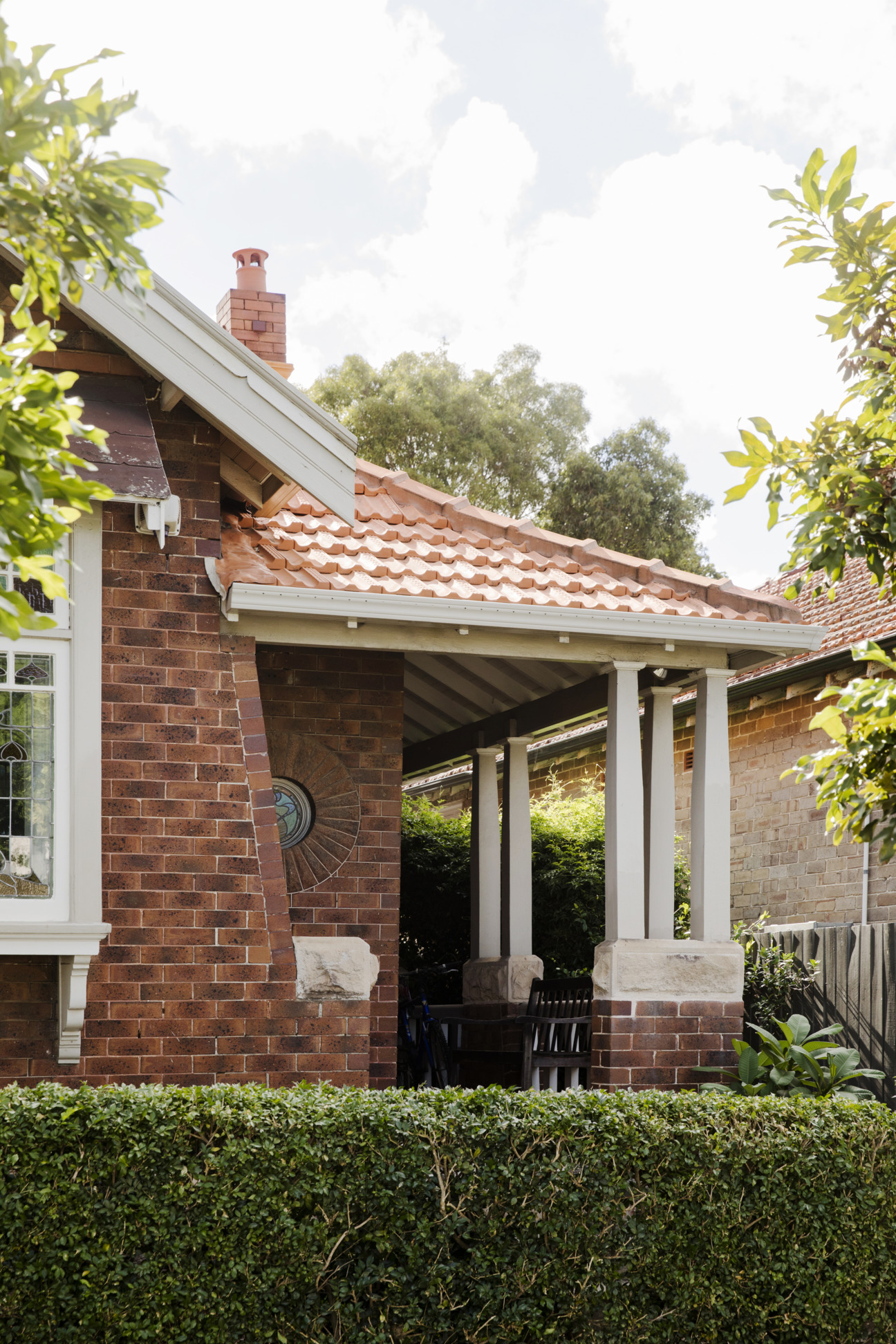
“The roofline was largely unchanged because of council restrictions, with the couple utilising the large roof cavity for their addition, adding a bedroom, study, bathroom and walk-in wardrobe. Amazingly, there was enough room for everything within the original roofline, although Alison says the bathroom was a tight fit.
The couple kept the original chimney pots as well, a condition that was insisted on by the council, laying new tiles around them. However, Alison says she loves the character of the chimneys, and they were happy to retain them.
“They’re lovely, they look lovely,” she says. “It’s a beautiful house. And so yes, the chimney pots are totally in keeping.””
Roof inspiration
What to remember when renovating a semi-detached house
1. Council restrictions
Alison and Andy were subject to a number of regulations through their local council because they needed their work to be in keeping with the matching semi-detached building. This included keeping the addition within the existing roofline and matching the tiles of their neighbour.
2. Remember the heritage of the building
Federation-era buildings often have restrictions as to material use in order to maintain their integrity. Alison and Andy kept all the heritage features of the original cottage, including the chimney pots.
3. When in doubt, choose classic products
The Terracotta Nouveau tiles are crafted by Australians using raw materials from Australia. Every terracotta tile is hand crafted in Victoria. The proven heritage and enduring beauty of Terracotta is why the industry chooses to put Terracotta on their own homes.
4. It’s not unusual to extend a semi
For those outside the inner city, it might seem unusual to renovate a detached building, or add a first-floor addition, but this is very common in suburbs such as Crows Nest. Older Federation-era buildings often have underutilised space in the roof cavity, which can be taken advantage of.
